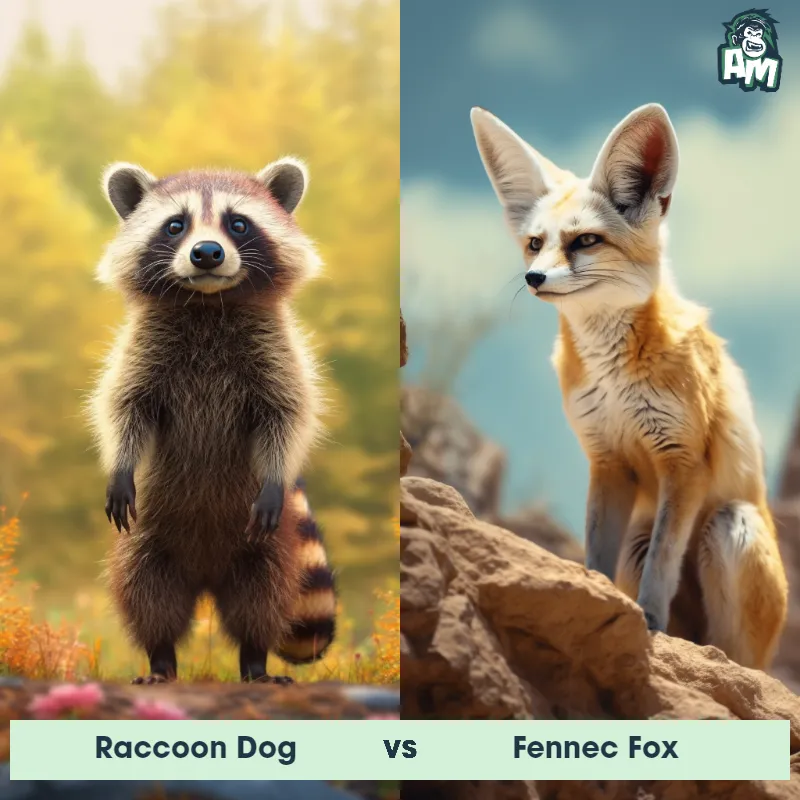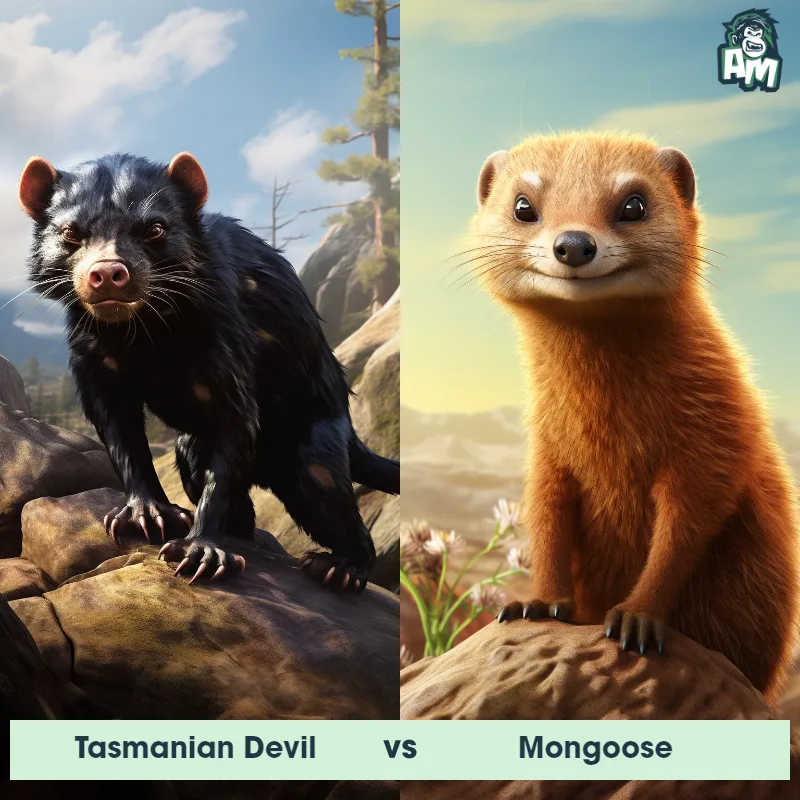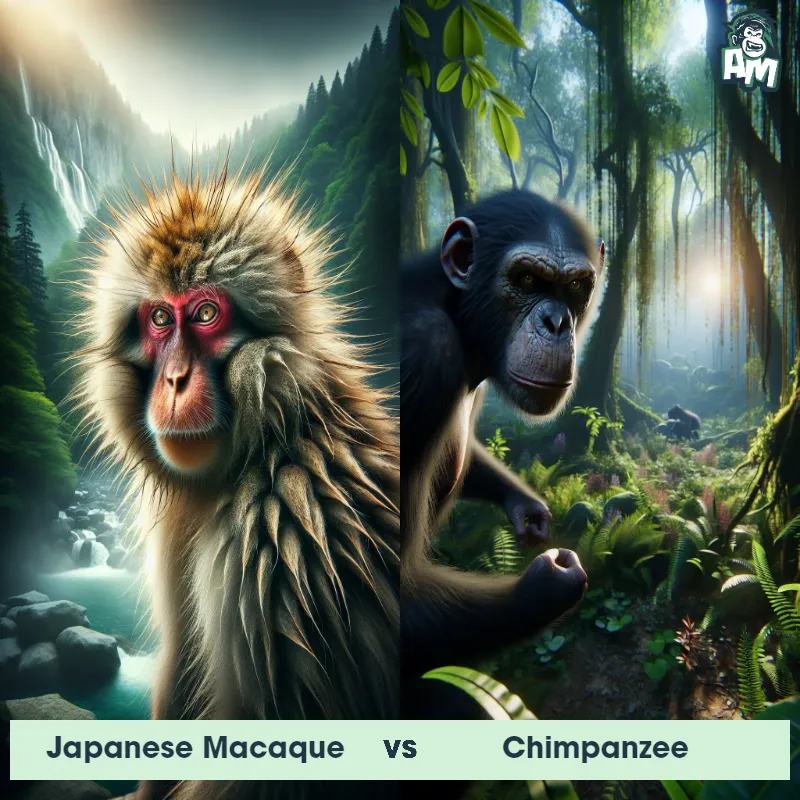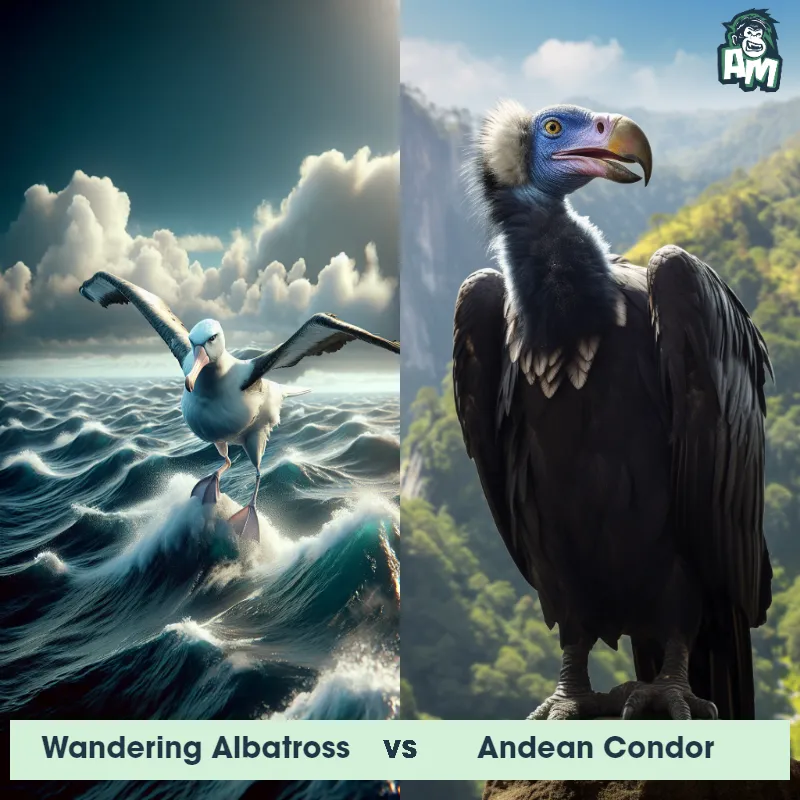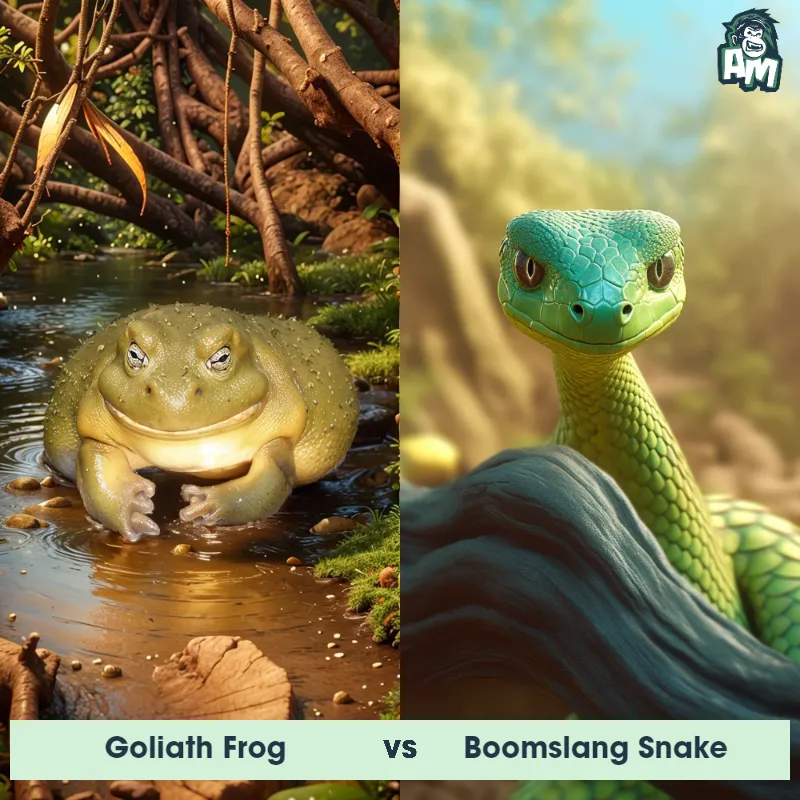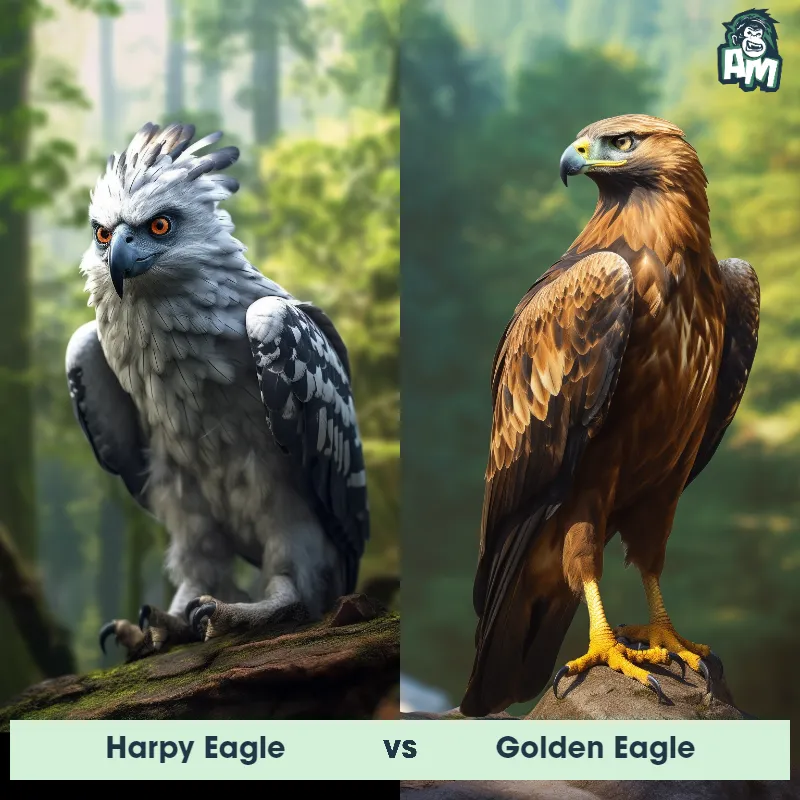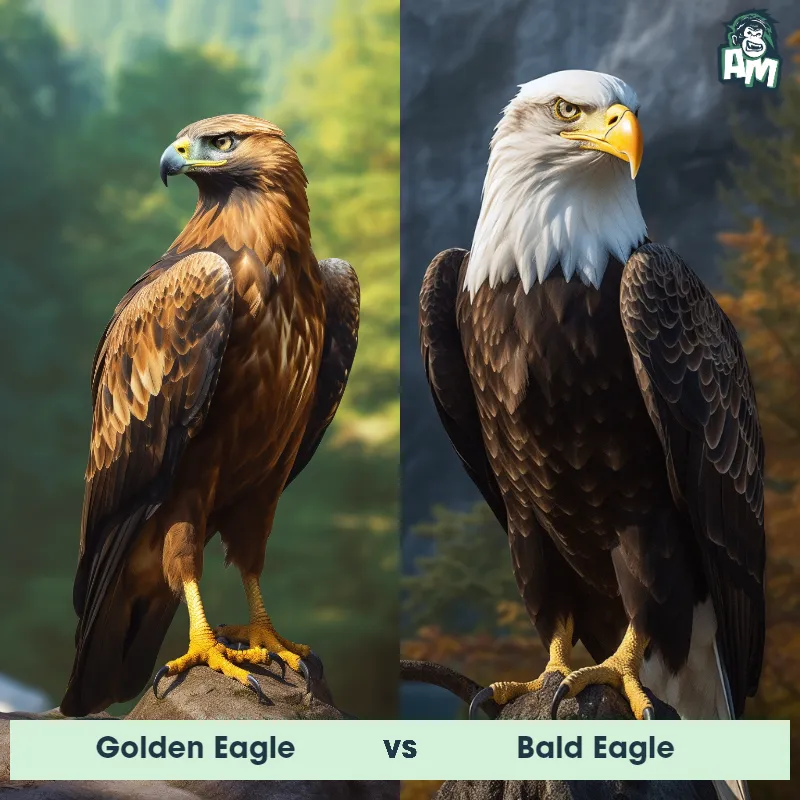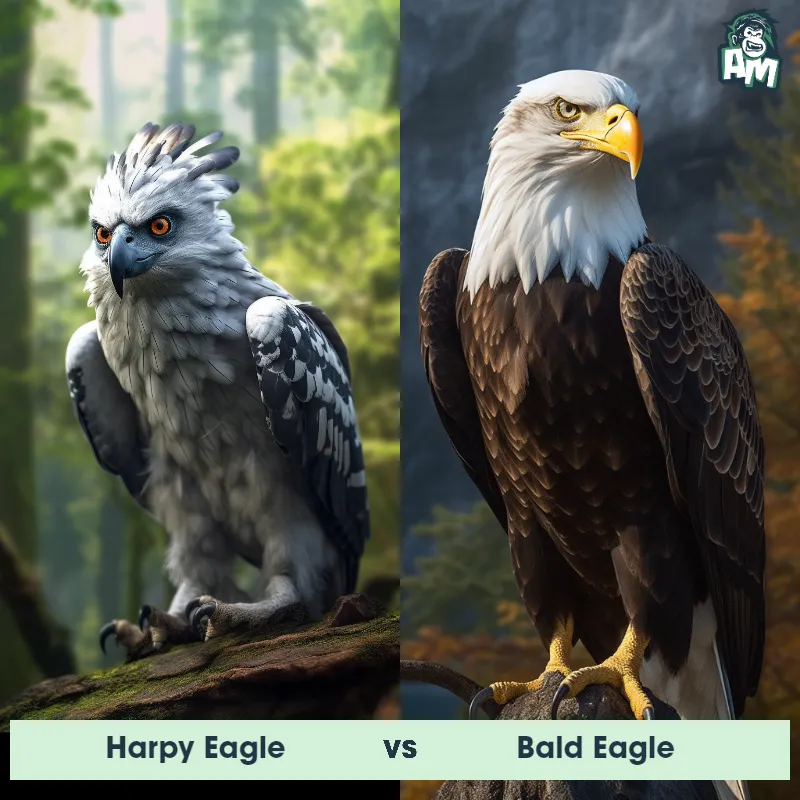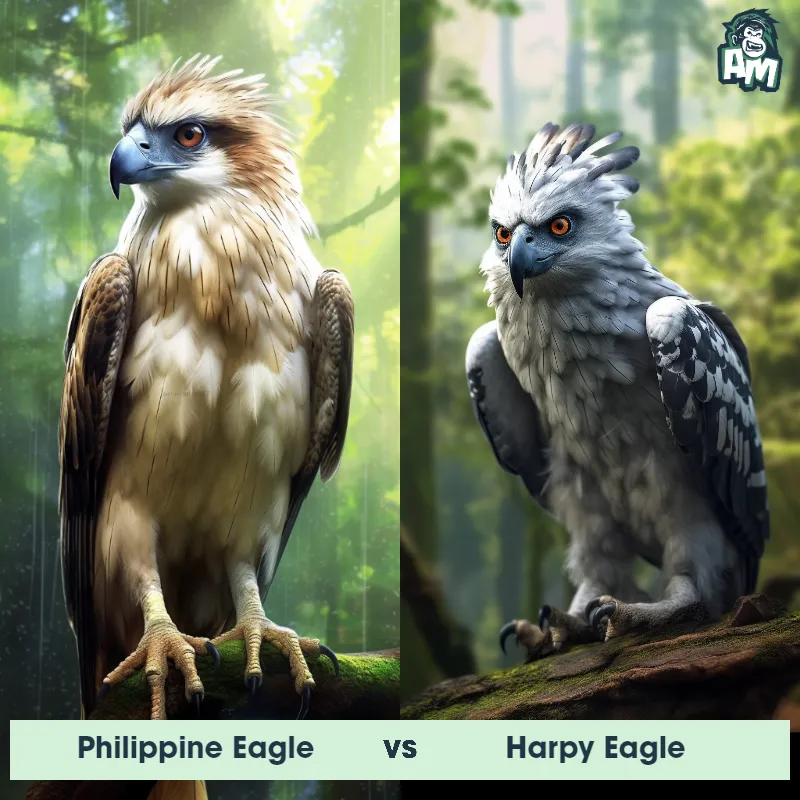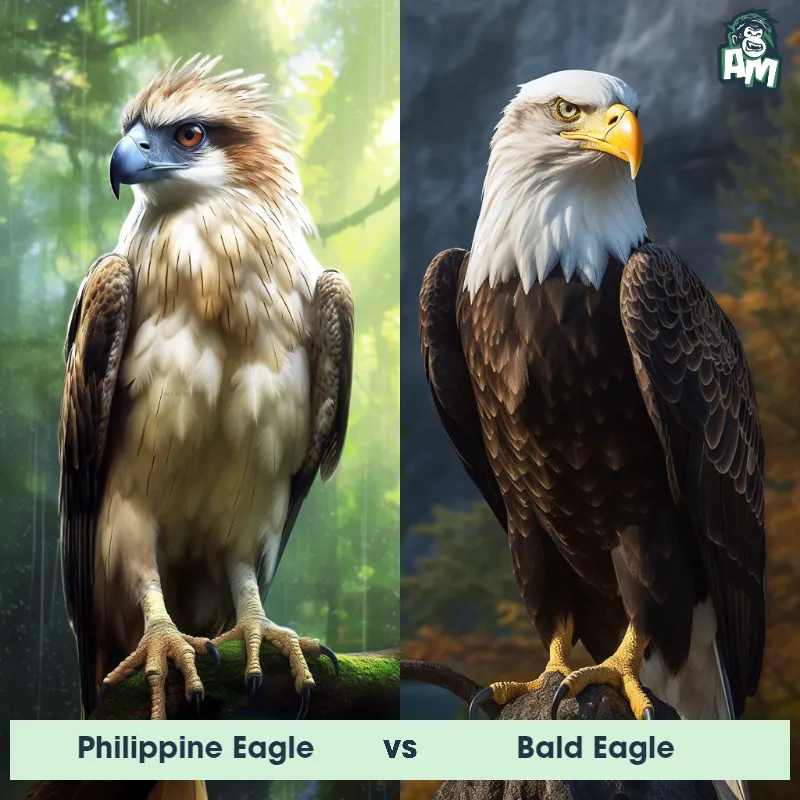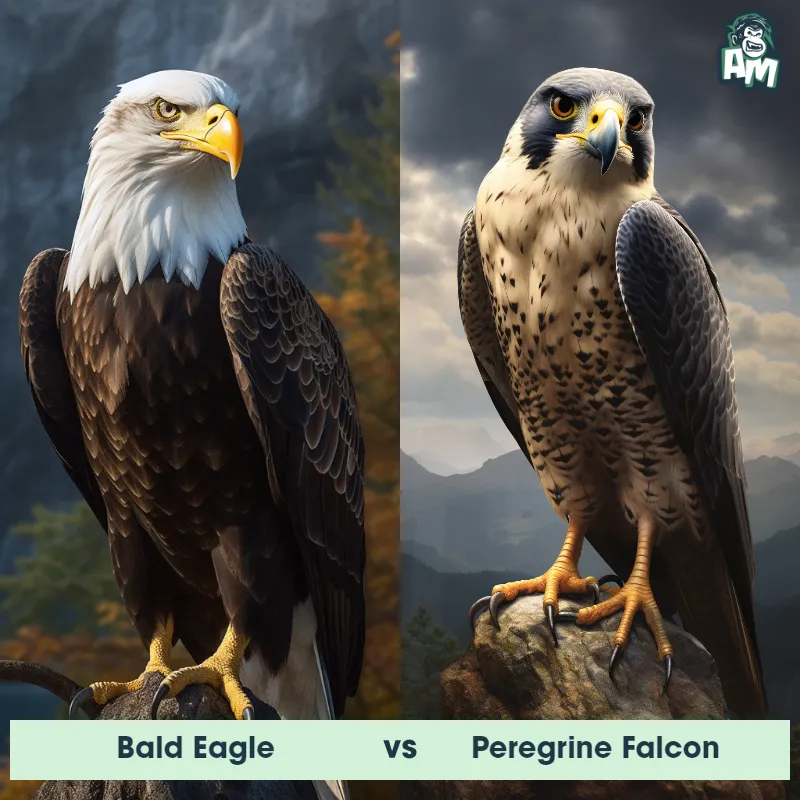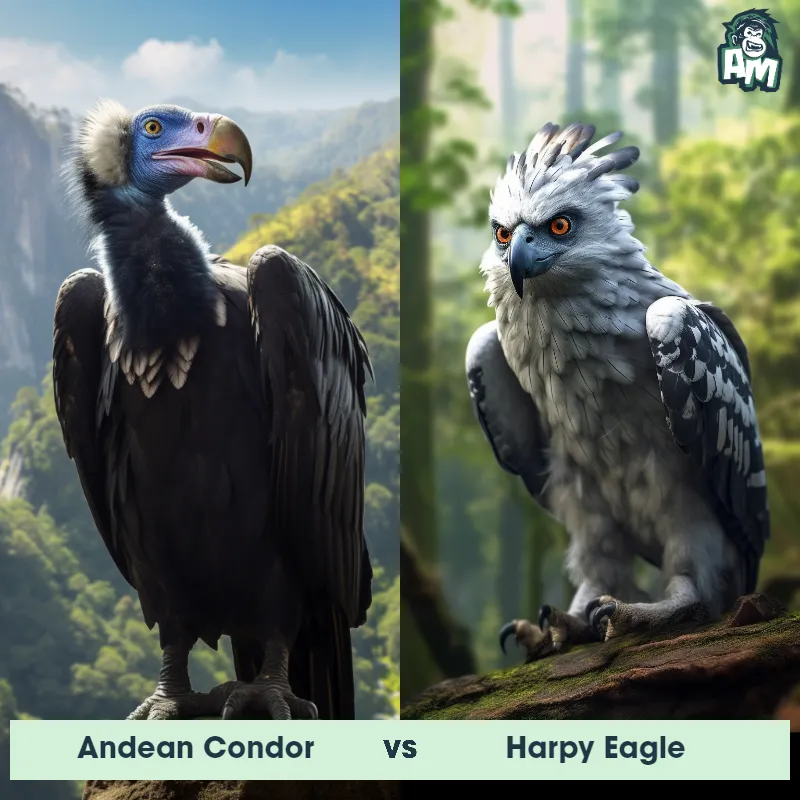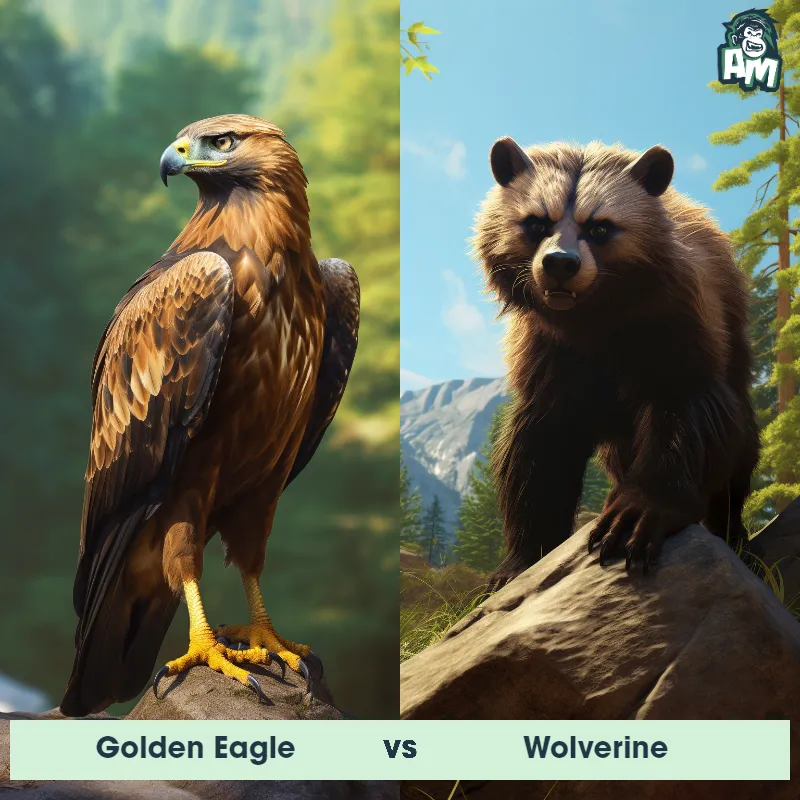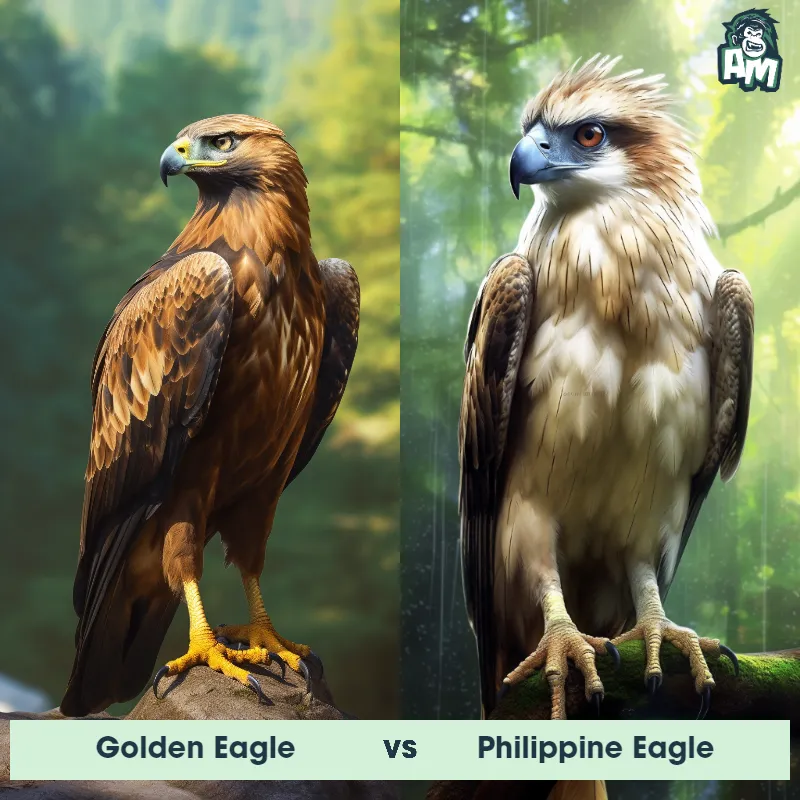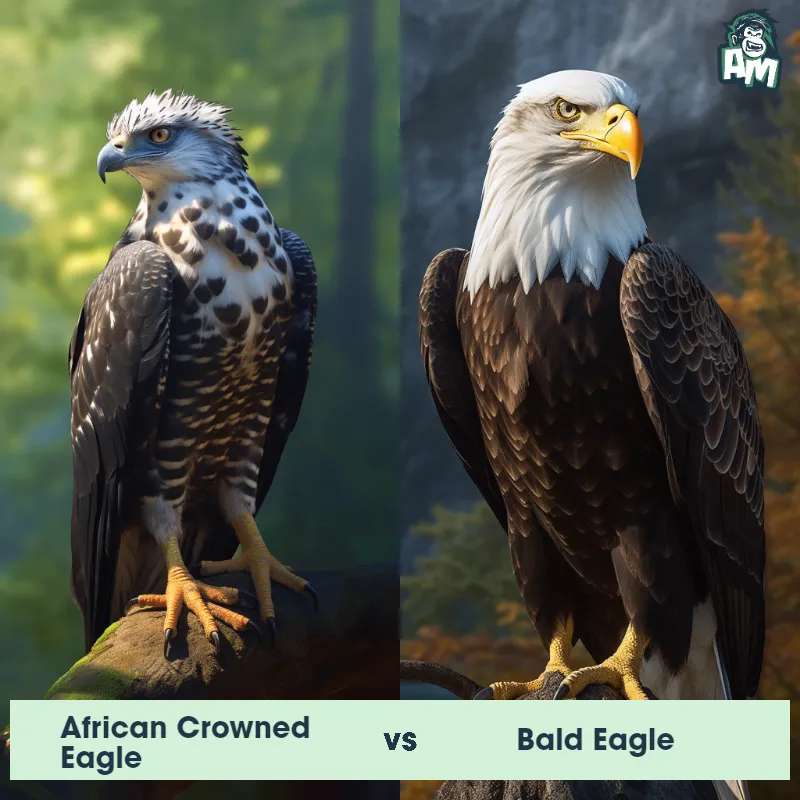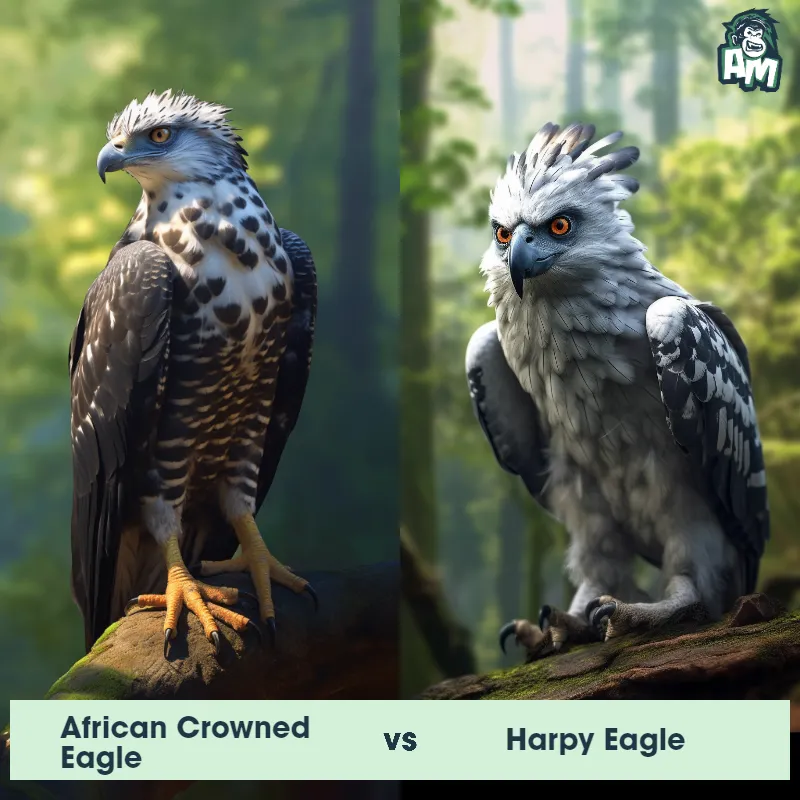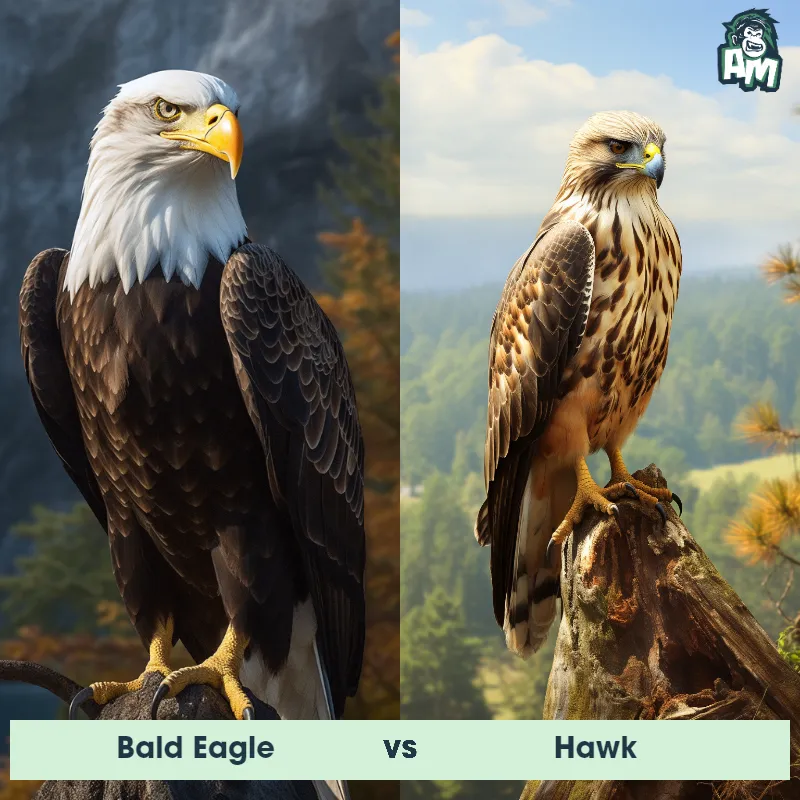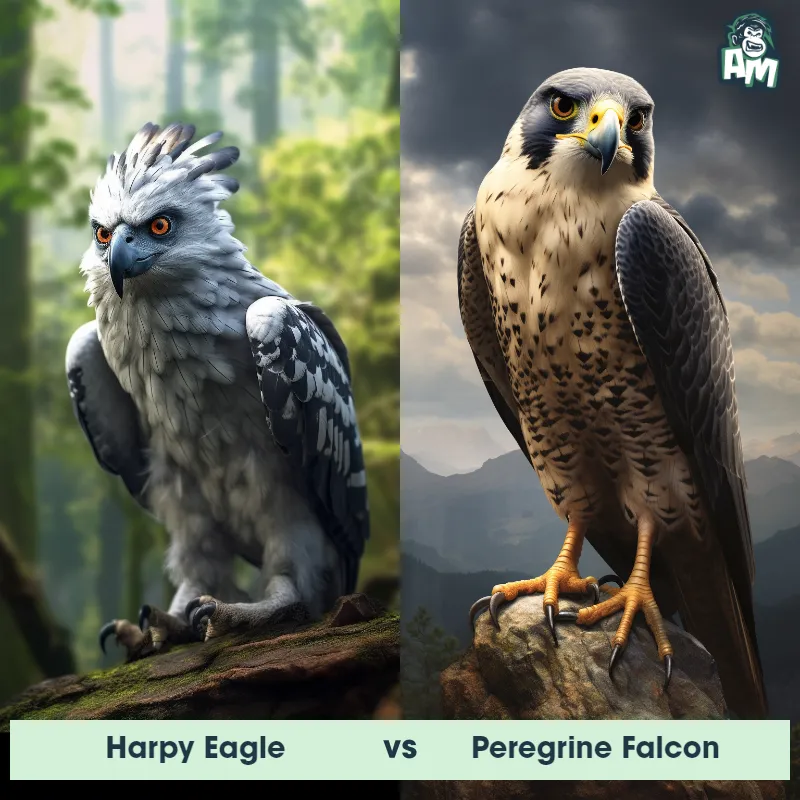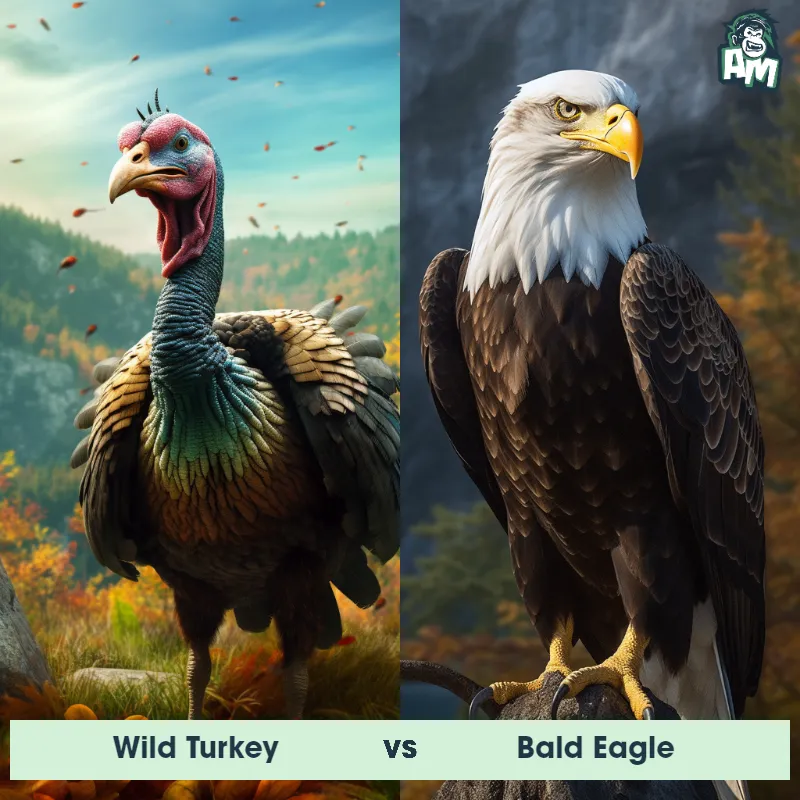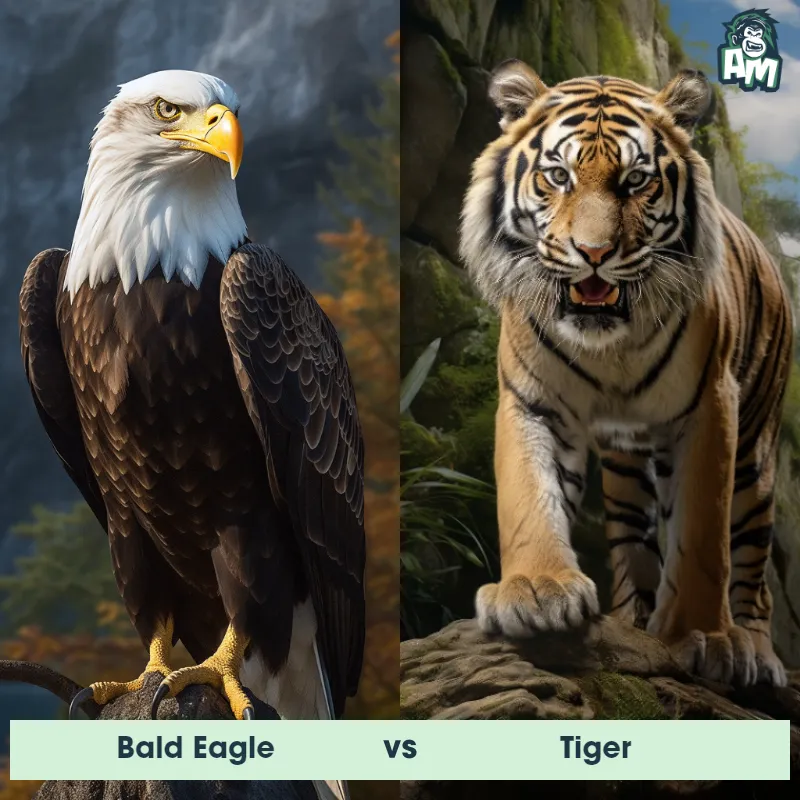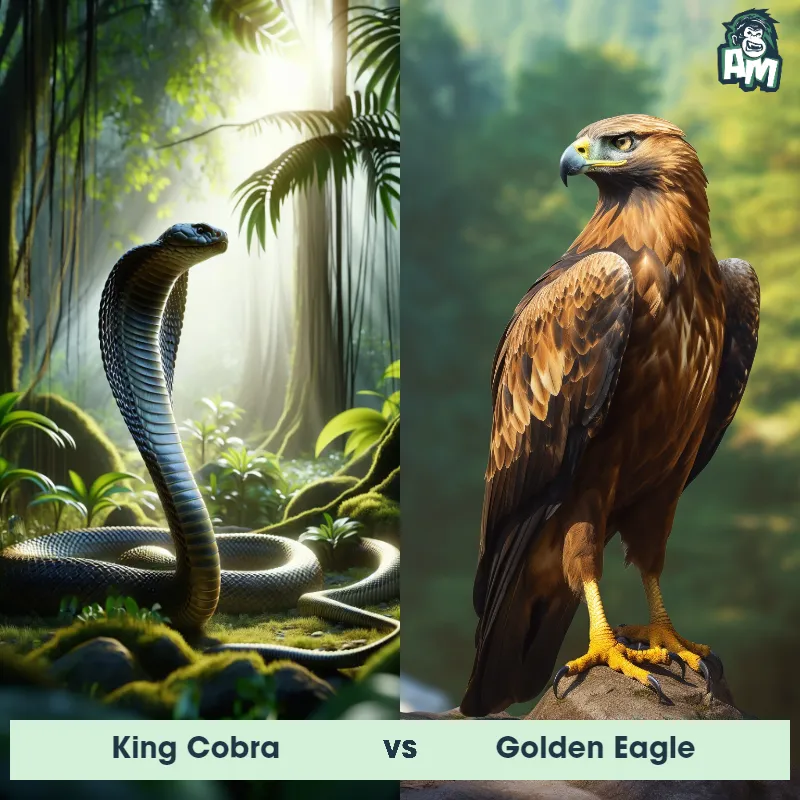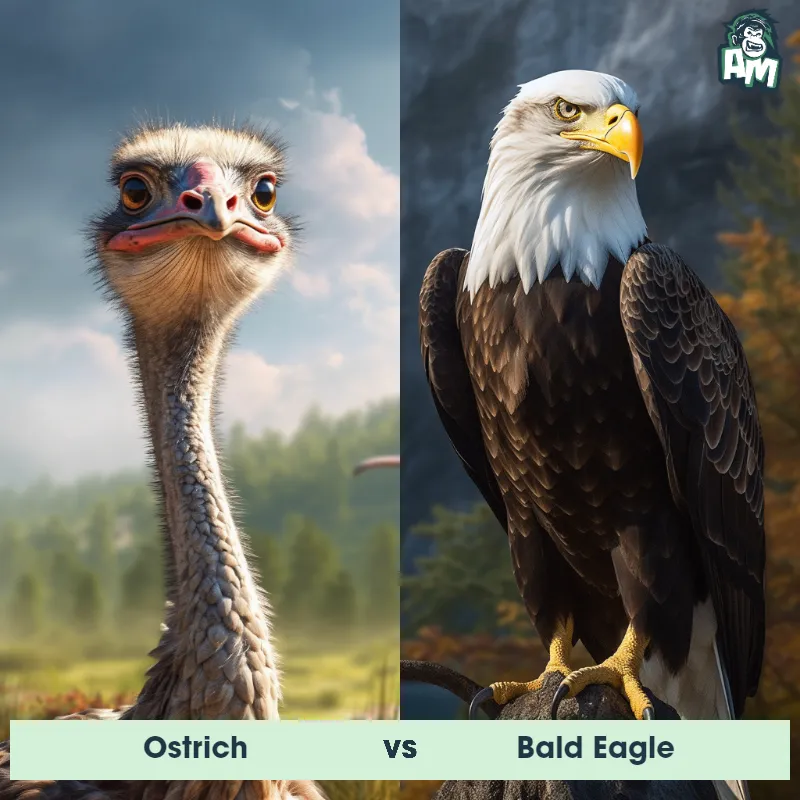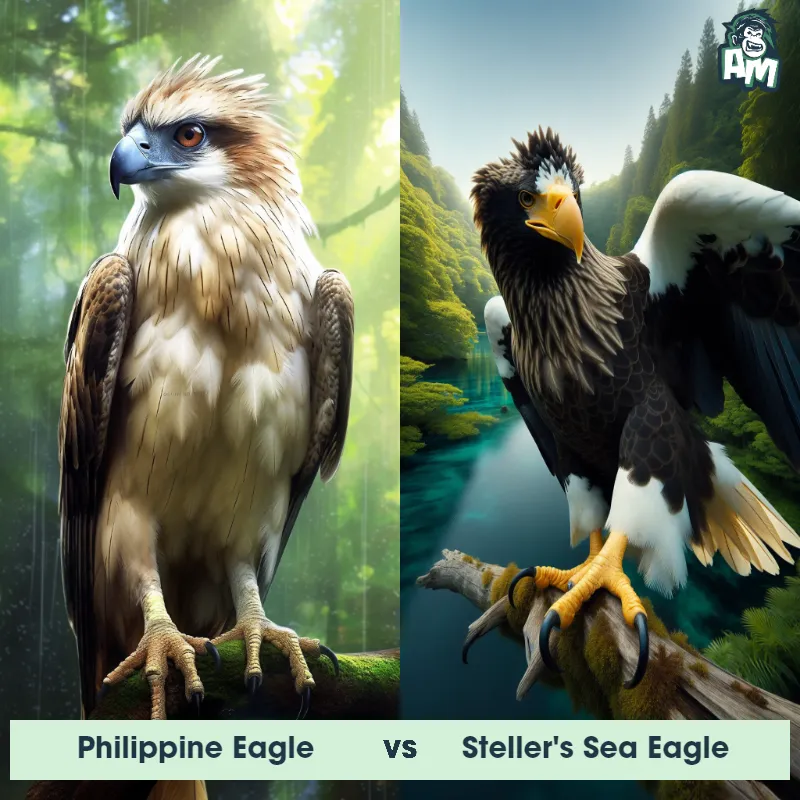Andean Condor vs Philippine EagleSee Who Wins
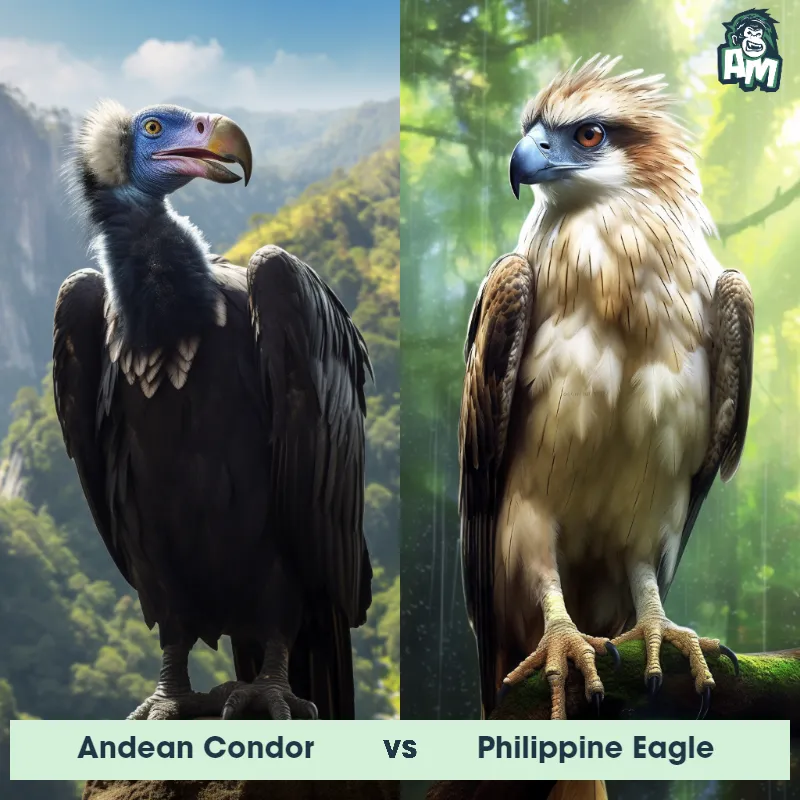
Today's aerial duel brings together two raptors with unparalleled mastery of the skies. From the towering peaks of the Andes, the majestic Andean Condor, boasting an impressive wingspan. From the dense rainforests of the Philippines, the fierce and powerful Philippine Eagle, a bird renowned for its hunting prowess. The skies above are tense as these two avian titans prepare to clash.
Contender 1: Andean Condor
The Andean Condor is a large bird of prey that is found in the Andes Mountains of South America. It has a wingspan of up to 10 feet and can weigh up to 33 pounds. The Andean Condor has black feathers on its body and wings, with white feathers on its neck and head. It has a bald head and neck, which helps it to stay clean while feeding on carrion. The Andean Condor is known for its ability to soar for long periods of time without flapping its wings, using air currents to stay aloft.
Fun Fact: The Andean Condor is one of the longest-living birds, with a lifespan of up to 75 years in captivity.
Contender 2: Philippine Eagle
The Philippine Eagle, also known as the monkey-eating eagle, is a large bird of prey that can grow up to 3 feet tall with a wingspan of up to 7 feet. It has a distinctive appearance with its dark brown feathers, white underbelly, and a shaggy crest of feathers on its head. The eagle's powerful talons and sharp beak make it a formidable hunter, and it primarily feeds on monkeys, flying squirrels, and other small mammals.
Fun Fact: The Philippine Eagle is one of the rarest and most endangered birds in the world, with only around 400 individuals remaining in the wild.
Matchup Stats
| Andean Condor | Philippine Eagle | |
|---|---|---|
| Size | Wingspan up to 10 feet (3 meters) | Up to 3 feet (91 cm) tall, wingspan up to 7 feet (213 cm) |
| Weight | Up to 33 pounds (15 kilograms) | Up to 20 pounds (9 kg) |
| Speed | Speed: 55 mph (88.5 km/hr) | Speed: 50 mph (80.47 km/hr) |
| Key Strength | Powerful wings and sharp talons | Powerful talons and sharp beak |
| Biggest Weakness | Vulnerable to attacks on the ground | None |
Current Votes
Andean Condor vs Philippine Eagle
See Who Wins
View More Matches
Looking For More?
Similar Matches
Scientific Stats
| Andean Condor | Philippine Eagle | |
|---|---|---|
| Scientific Name | Vultur gryphus | Pithecophaga jefferyi |
| Family | Cathartidae | Accipitridae |
| Habitat | Mountains | Tropical forests |
| Geography | Andes Mountains of South America | Endemic to the Philippines |
| Diet | Carrion (dead animals) | Primarily monkeys, flying squirrels, and other small mammals |
| Lifespan | 50 years - 75 years | 30 years - 60 years |
Key Differences between Andean Condor and Philippine Eagle
- Crest: While both birds have crests, the Andean Condor's crest is relatively small and inconspicuous, while the Philippine Eagle's crest is much more pronounced and elongated, giving it a distinctive appearance.
- Leg Color: The Andean Condor has pale pink legs and feet, which are relatively short and adapted for walking. In contrast, the Philippine Eagle has powerful legs and feet with bright yellow coloration, which are adapted for grasping prey and perching.
- Size: The Andean Condor is one of the largest flying birds in the world, with a wingspan that can reach up to 10.5 feet (3.2 meters), whereas the Philippine Eagle, although still impressive, has a slightly smaller wingspan averaging around 7 feet (2.1 meters).
- Coloration: The Andean Condor has predominantly black feathers with a distinctive white collar around its neck, while the Philippine Eagle showcases a striking color combination of brown and white feathers, with a shaggy crest of feathers on its head.
- Facial Features: The Andean Condor possesses a bare, wrinkled head and neck covered in pinkish skin, along with a prominent hooked beak. In contrast, the Philippine Eagle has a fully feathered head, displaying a striking blue-gray color, and a large, powerful beak that is pale blue-gray at the base and black at the tip.
- Tail Shape: The Andean Condor has a squared-off tail, which is relatively short compared to its body size. On the other hand, the Philippine Eagle possesses a long, rounded tail that helps with maneuverability during flight.



